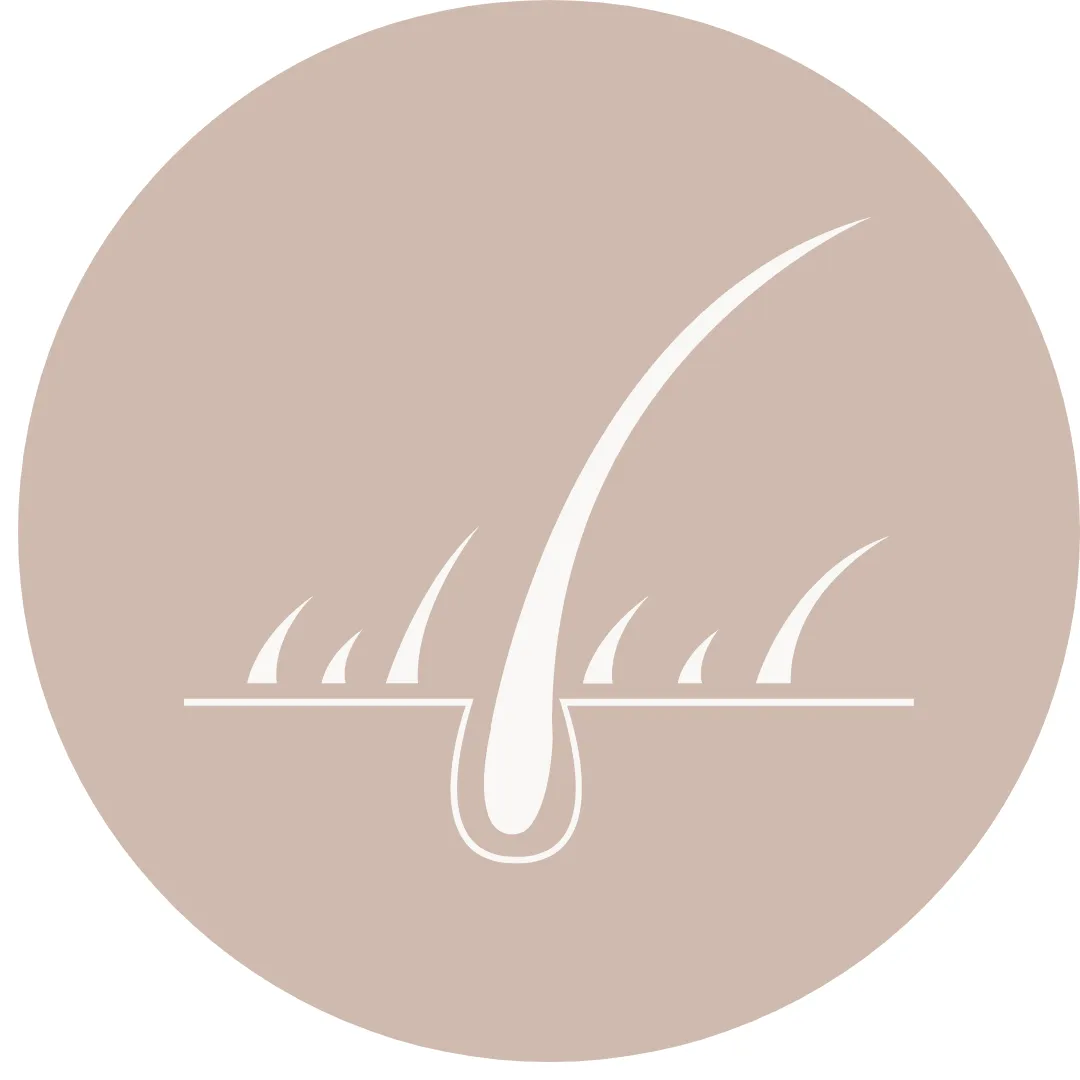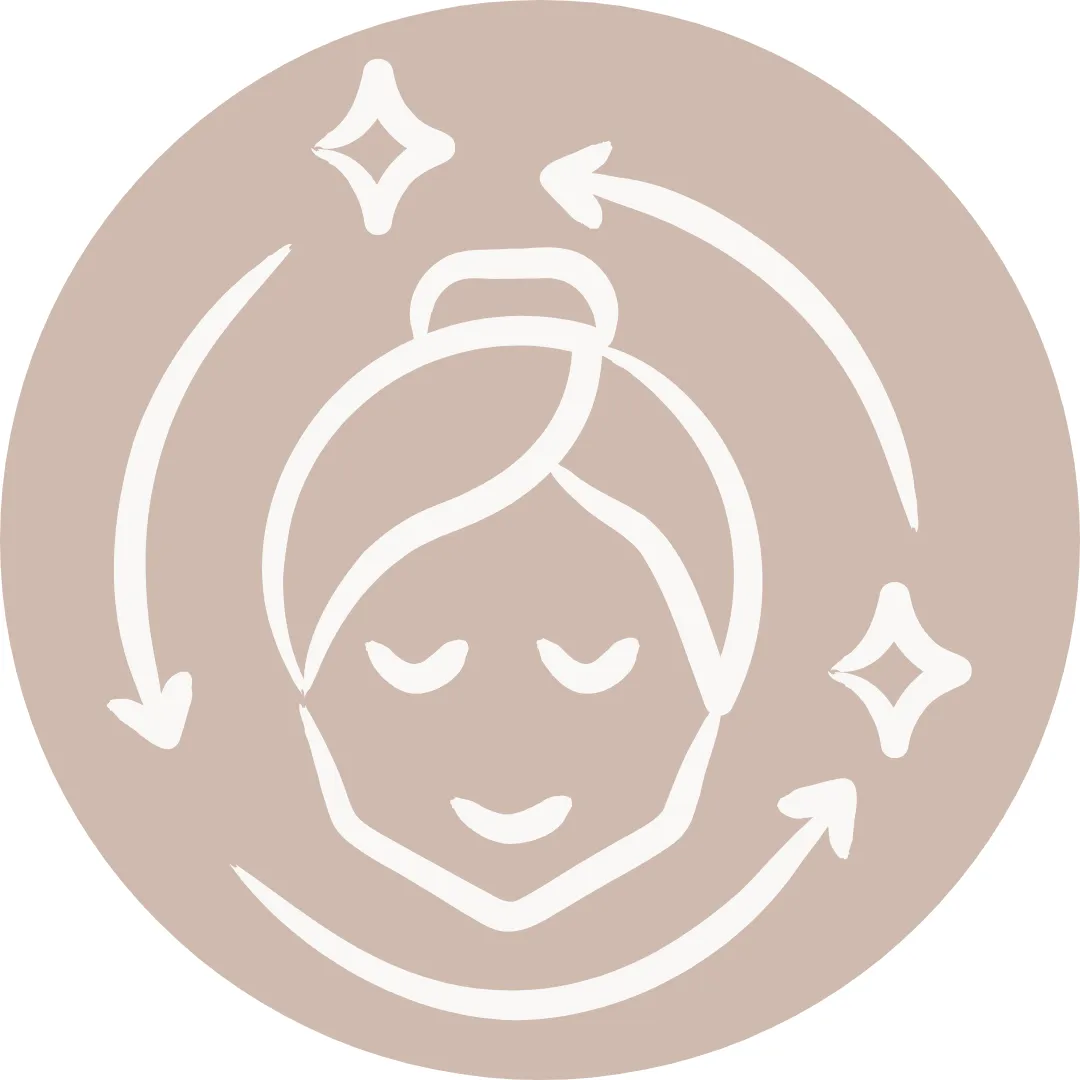
Reborn To Experience New Birth Everyday
Transform your beauty journey with our premium treatments for hair, skin, and laser rejuvenation. Experience the confidence that comes with feeling your absolute best.
5000+
Happy Clients
10+
Years Experience
50+
Premium Treatments
About Reborn
At Reborn Aesthetic Clinic, we believe that everyone deserves to feel confident in their own skin. With over a decade of experience in aesthetic medicine, our team of expert practitioners is dedicated to helping you achieve your beauty goals through safe, effective, and personalized treatments.
Expert Team
Board-certified practitioners with years of specialized training in aesthetic medicine.
Personalized Approach
Every treatment plan is customized to your unique needs, skin type, and aesthetic goals.
5000+
Happy Clients
10+
Years Experience
50+
Treatments Offered
99%
Satisfaction Rate
"Our mission is to enhance your natural beauty while maintaining the highest standards of safety, professionalism, and care. We're not just about treatments – we're about transformation."
- Founder
Reborn
To experience new birth everyday

Transform your beauty journey with our premium treatments for hair, skin, and laser rejuvenation. Experience the confidence that comes with feeling your absolute best.
5000+
Happy Clients
10+
Years Experience
50+
Treatments Offered
99%
Satisfaction Rate
About Reborn
At Reborn Aesthetic Clinic, we believe that everyone deserves to feel confident in their own skin. With over a decade of experience in aesthetic medicine, our team of expert practitioners is dedicated to helping you achieve your beauty goals through safe, effective, and personalized treatments.
Expert Team
Board-certified practitioners with years of specialized training in aesthetic medicine.
Personalized Approach
Every treatment plan is customized to your unique needs, skin type, and aesthetic goals.
"Our mission is to enhance your natural beauty while maintaining the highest standards of safety, professionalism, and care. We're not just about treatments – we're about transformation."
- Founder.
Premium Treatments
Discover our comprehensive range of aesthetic treatments designed to enhance your natural beauty and boost your confidence with the latest technology and expert care.Discover our comprehensive range of aesthetic treatments designed to enhance your natural beauty and boost your confidence with the latest technology and expert care.

Hair Treatments
PRP Hair Therapy
Hair Transplantation
Scalp Rejuvenation
Hair Loss Treatment

Skin Treatments
Acne Treatment
Anti-Aging Therapy
Chemical Peels
Microneedling

Laser Treatments
Laser Hair Removal
Skin Resurfacing
Pigmentation Removal
Scar Reduction

Personalized Care
Tailored treatments designed specifically for your unique needs and goals.

Safe & Effective
FDA-approved treatments with proven results and minimal downtime.

Latest Technology
State-of-the-art equipment and cutting-edge techniques for optimal results.
Client Stories
Real transformations from real people. Discover how Reborn has helped thousands of
clients achieve their aesthetic goals and boost their confidence.


Thank reborn
I took full body whitening treatment
I took very good result
I suggest my frd also, she also stated treatment
Happy customer

Pankaj Raj
Whitening Treatment


Kodandarama here
I was suffering from hair loss, on Dec 24th i took my HT, i got very good result, im very happy,
Thank you reborn
Thank you Bhoomika and Rinki, for ur well support,
I would like to reffer my family and friends as well.

Kodandarama
Hair Transplant


I go regularly for my skin treatment …. Rinki n Boomika does good job …I have done laser hair removal treatment …. Results r amazing … thnq very much

Nishita Avinash
Laser Hair Removal
Ready to Start Your Transformation?
Join thousands of satisfied clients who have experienced the confidence that comes with looking and feeling your best.
Client Stories
Real transformations from real people. Discover how Reborn has helped thousands of clients achieve their aesthetic goals and boost their confidence.


Thank reborn
I took full body whitening treatment
I took very good result
I suggest my frd also, she also stated treatment
Happy customer

Pankaj Raj
Whitening Treatment


Kodandarama here
I was suffering from hair loss, on Dec 24th i took my HT, i got very good result, im very happy,
Thank you reborn
Thank you Bhoomika and Rinki, for ur well support,
I would like to reffer my family and friends as well.

Kodandarama
Hair Transplant


I go regularly for my skin treatment …. Rinki n Boomika does good job …I have done laser hair removal treatment …. Results r amazing … thnq very much

Nishita Avinash
Laser Hair Removal
Ready to Start Your Transformation?
Join thousands of satisfied clients who have experienced the confidence that comes with looking and feeling your best.
Get In Touch
Ready to begin your transformation? Contact us today to schedule your consultation and discover
how we can help you achieve your aesthetic goals.
Book Your Consultation
Visit Us
J.P Nagar, Bengaluru
Jayanagar, Bengaluru
HSR Layout, Bengaluru
Call Us
+91 63604 731917
+91 90713 74382
Email Us
Hours
Mon–Fri: 9AM–7PM
Sat-Sun: 9AM–5PM